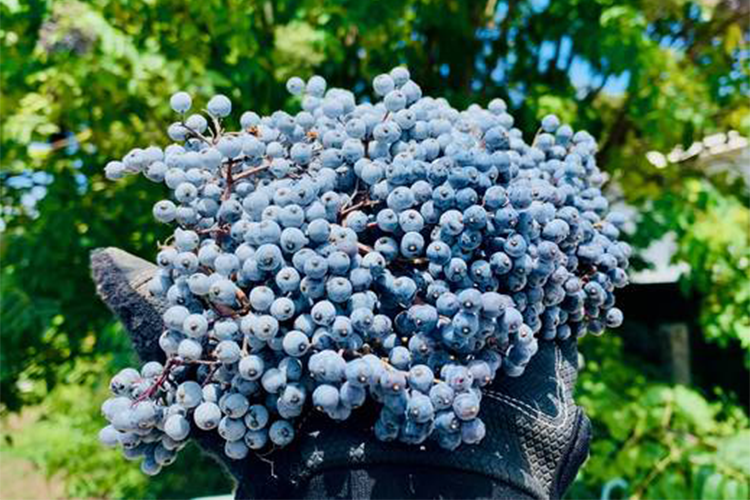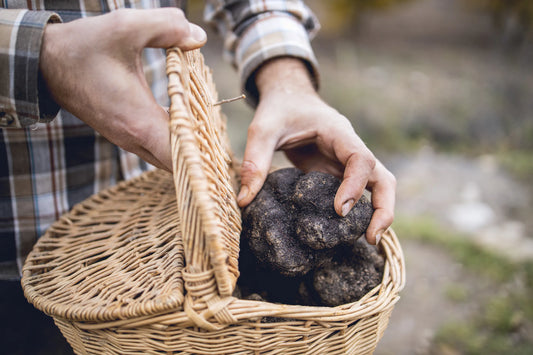It's Elderberry season here in Northern California.

The Elderberry
Erin RaserShare
This highly medicinal fruit tree is so common that we often walk right past them without recognizing it. In ditches and along hedgerows, in gullies and along the edges of wood copses, they bloom frothy cream-colored flowers in late spring, and now in late summer, clusters of tiny berries. The fruit often appears white at first glance, but depending on the variety when ripe it is a powdery blue or actually almost black. The white comes from a bloom of wild yeast, similar to the powdery coating often found on fresh grapes.
Elderberries (genus Sambucus) were a revered medicine throughout all of human history, from the ancient Romans to the Native Americans. They appear in the writings of Hippocrates and Pliny the Elder, and their seeds have been found preserved in archeological sites over 9,000 years old. Its most modernly appreciated use is in strengthening the lungs (a good thing for these trying current times), but it has been used throughout history for inflammation, indigestion, snake bites, burns, gout, flea infestations, menstrual problems, acne, dog bites, dropsy, and hair dye - just to name a few. It has a particularly powerful antiviral property, making it popular during cold and flu season.
One of the major active compounds in Elderberry are anthocyanidins, which have stronger antioxidant activity than acai berries, green tea, pomegranate juice, or grape seeds. Elderflowers (the white flowers produced by the elder bush) are commonly infused with lemon and sugar in syrups and cordials, and used for to treat sinusitis, colds, the flu, bronchitis, diabetes, and constipation. It is also used as a diuretic and diaphoretic, and to stop bleeding. Like many other fruits, Elderberry seeds and stems contain a level of cyanide bonded to sugar that is toxic if consumed in large amounts. Cooking releases the bond between cyanide and sugar, and the heat then neutralizes the cyanide. For this reason, Elderberries must be removed from their stems and thoroughly cooked before consumption.
The most common method of consuming Elderberry in modern times is in a syrup -- nature’s cough medicine. It is easy to cook the berries down with sugar until they thicken, and it can be administered by the spoonful (tastes way better than cough syrup too, by the way), or drizzled over anything from waffles to ice cream. It can also be made into a sauce -- think cranberries -- and paired with wild game like venison, duck, boar, or bison. Or, if you have the patience to invest in a year of waiting, Elderberries make an excellent wine. It is a rustic English tradition, referred to as “hedge wine.” It has a wild, Old World flavor, difficult to describe: ancient, and a little witchy, like the wise older sibling of the blueberry. It is a flavor from your ancestors -- your elders, you might say.
For information on medicinal properties of Elderberries and how to make them into syrups or tinctures, we recommend visiting www.christopherhobbs.com.



